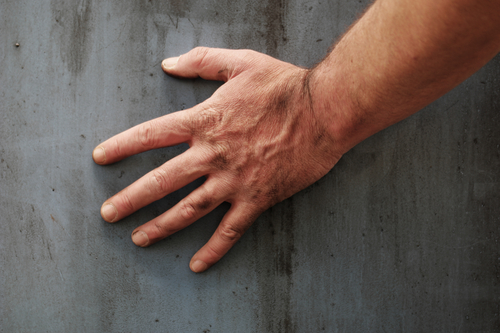Measuring surface finishes refers to the process of measuring the peaks and dips of a given surface, say on a product being produced. These measurements can give an idea of the performance of the product when it will go into use. For example, rougher surfaces have better adherence qualities although they are also more likely to wear faster than smoother surfaces. Depending on what is desired, manufacturers are able to measure and adjust surface roughness to fit some very precise standards.
This process is known as surface metrology. Over the years, metrologists have developed numerous ways of measuring surfaces in terms of various parameters. Because any one surface measurement parameter cannot adequately capture all of the qualities of a surface, parameters are often combined to do just that. Here are the basics of surface metrology that you should know.
Two Main Approaches To Measuring Surfaces
There are two methods used to measure surfaces namely contact and non-contact. When contact methods are used, instruments known collectively as profilometers are dragged over the surface and measurement are taken in the process. These contact surface measurement instruments typically consist of a sensor attached to a data processor and a display for readings. Non-contact methods involve using electromagnetic waves (interferometry), optical sensors and other related methods where no instrument makes contact with the surface that is being tested.
Parameters Used to Measure Surfaces
As mentioned, there are various parameters used to measure surface finish. The most common method is Arithmetic Average Roughness or Ra. This looks at height of the peaks and depths of the dips and expresses these as an average. Although commonly used for its simplicity, it is not able to differentiate between scratched and spiky surfaces which might have a similar Ra reading but have very different properties. Another commonly used parameter is Mean Roughness Depth and looks at the average between the highest peak and the deepest dip using five samples from the surface under test.
What Determines Parameters to be Used
The selection of the parameters that are used to measure surface finishes depends on the accuracy of the measurement that is needed. One parameter cannot comprehensively express the measurement of a surface so more parameters are needed to give an accurate measurement. Over the years, more parameters to measure surface finishes are coming up as a result of new ways of measuring surface roughness.
Day-to-day Applications of Surface Finish Measurements
While this may all sound quite abstract, surface measurement plays a key role in the manufacturing industry. Using the tools and the parameters that we have described above, manufacturers are able to determine the quality of an end-product. Items such as brake pads and friction plates all use surface measurement as a key criterion for determining the quality of the end product. As you can imagine the quality of a brake pad in turn has huge implications on automotive safety. Automotive engines also undergo precise surface measurements to ensure that under use, the moving parts inside the engine can hold the lubricating oil (a factor of roughness) while at the same time, still being smooth enough to prevent metal to metal contact.





